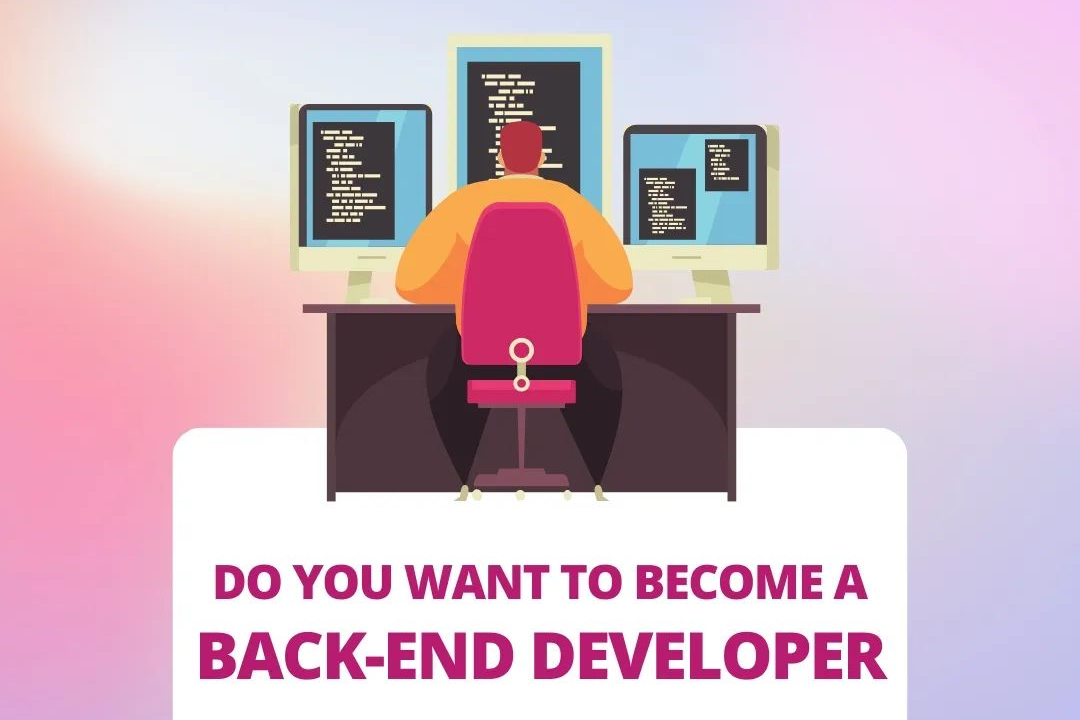Cloud Computing Vs Edge Computing
Comparing Cloud Computing and Edge Computing
Cloud Computing Vs Edge Computing
Cloud computing involves the delivery of computing services, including servers, storage, databases, networking, software, and analytics, over the internet to offer faster innovation, flexible resources, and economies of scale. On the other hand, edge computing enables data processing closer to the source of data generation, reducing latency and offering faster response times, making it ideal for applications requiring real-time processing or data privacy. In essence, cloud computing emphasizes centralized data processing and storage, while edge computing focuses on decentralized processing at or near the source of data.
To Download Our Brochure: https://www.justacademy.co/download-brochure-for-free
Message us for more information: +91 9987184296
1 - Cloud computing:
Cloud computing involves the delivery of computing services over the internet, offering on demand access to a shared pool of resources such as storage, servers, and applications.
2) Edge computing:
Edge computing involves processing data closer to where it is being generated, typically at the edge of the network, instead of relying on a centralized data processing location like a cloud server.
3) Differences in data processing:
Cloud computing processes data in centralized data centers, while edge computing processes data locally in devices or edge servers.
4) Latency:
Edge computing reduces latency by processing data closer to the source, making it ideal for applications requiring real time processing.
5) Bandwidth usage:
In cloud computing, data is transmitted to a centralized server, leading to higher bandwidth usage compared to edge computing, which processes data locally.
6) Scalability:
Cloud computing offers greater scalability and flexibility as resources can be easily scaled up or down based on demand, whereas edge computing may have limitations in scalability due to local processing constraints.
7) Security:
Edge computing can offer enhanced security by keeping sensitive data closer to its source, reducing the risk of data breaches during transmission to cloud servers.
8) Cost:
Cloud computing typically involves lower initial setup costs and pay as you go pricing models, while edge computing can involve higher costs due to infrastructure setup and maintenance at the edge.
9) Reliability:
To Download Our Brochure: Click Here
Message us for more information: +91 9987184296
Cloud computing usually provides high availability and reliability due to redundant data centers, whereas edge computing may be more vulnerable to individual device failures.
10) Training program for students:
When designing a training program for students, it is essential to cover both cloud computing and edge computing concepts to provide a comprehensive understanding of modern computing architectures. Including hands on exercises, case studies, and real world examples can help students grasp the practical applications and differences between the two technologies. Additionally, incorporating industry trends, certifications, and career opportunities in cloud and edge computing can enhance the value of the training program for students seeking to enter the IT field.
Browse our course links : https://www.justacademy.co/all-courses
To Join our FREE DEMO Session: Click Here
Contact Us for more info:
Software Testing Course In Bhubaneswar
Best Python Framework For Web Development
Java Backend Interview Questions
Sap Mm Interview Questions For Freshers
Mysql Dba Interview Questions











